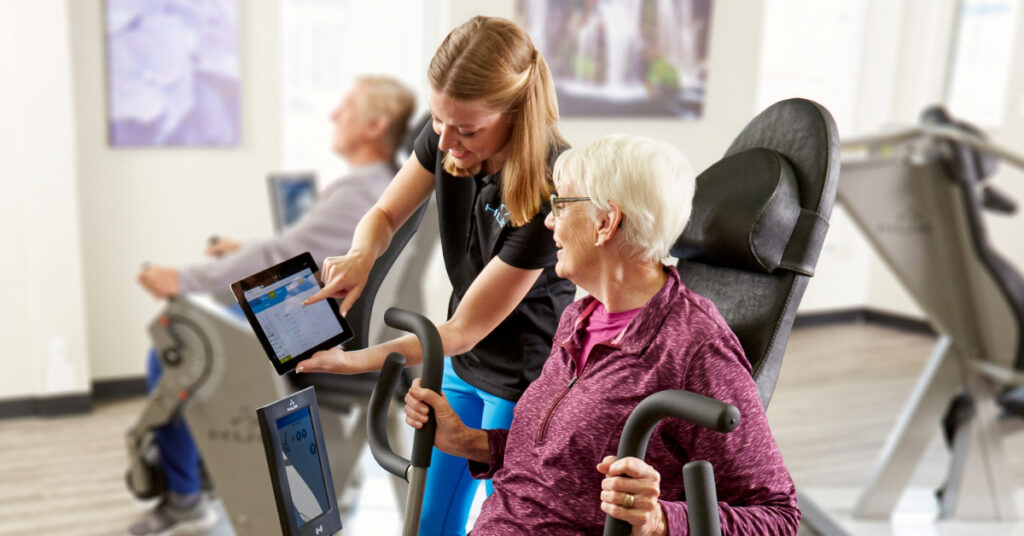The Challenge: Why Movement is Hard to Initiate in Rehab
For physical therapists and rehab professionals, one of the most common challenges is helping patients initiate movement. Many individuals recovering from injuries, surgery, or chronic conditions lack the strength to overcome the resistance of traditional weight-stack machines. This struggle often leads to frustration, improper movement patterns, and limited progress.
Traditional strength training equipment relies on weighted stacks, which create inertia—an initial resistance that makes movement difficult to start. This poses a significant barrier for rehab patients who need a safe, controlled, and accessible approach to regaining strength. Fortunately, pneumatic resistance training offers a solution.
The Problem: Why Traditional Equipment Holds Patients Back
1. Inertia Prevents Smooth, Controlled Movement
Traditional weight stack machines often generate resistance in a way that makes the initial phase of any movement the most difficult. This surge of effort required at the start leads to jerky, uncontrolled motions that increase the risk of strain and injury. For individuals with neurological impairments—such as those recovering from a stroke or living with Parkinson’s disease—this inertia can be a major barrier. Initiating movement is already a challenge for these patients, and the resistance style of traditional equipment only compounds the difficulty.
See the difference for yourself:
The video below shows how inertia affects movement on a traditional weight stack machine. Notice how the initial pull causes a sudden, jerky motion, making it difficult to control the exercise smoothly - especially for those with limited neuromuscular control.
Click to play and observe how this design creates unnecessary strain and why it's a poor fit for many rehabilitation patients.
2. High Starting Weights Exclude Many Patients
Many rehabilitation patients simply cannot lift the 5- to 10-pound minimum weights that are standard on most traditional machines. This makes it nearly impossible for them to participate in strength training, which in turn delays their progress in recovery. Older adults and individuals recovering from surgery especially need a more incremental, gentle path to regaining strength. Equipment that doesn't accommodate lower starting weights effectively excludes a large population from engaging in essential rehabilitation activities.
3. Safety Concerns with Traditional Equipment
momentum generated by traditional equipment can result in uncontrolled movements that place excessive stress on joints and connective tissues. Moreover, the weight increments on these machines are typically too large, making it hard for patients to make small, steady gains—something that can be discouraging and demotivating. Additionally, many traditional machines are not designed with accessibility in mind. Patients with limited mobility often find it difficult to safely get on and off the equipment, creating another layer of risk and exclusion.
The Solution: Pneumatic Resistance Eliminates Inertia
Pneumatic resistance training, like the system offered by HUR SmartTouch equipment, removes the challenges posed by traditional machines. Instead of weight stacks, air pressure provides smooth, adaptive resistance, making strength training safer and more effective for rehab patients.
1. Pneumatic Resistance Eliminates Inertia
Unlike traditional weight stacks, pneumatic resistance uses air pressure that adapts to the user’s effort in real time. This allows for smooth, controlled movements without the jerks or sudden bursts of momentum common with conventional equipment. As a result, stress on joints, muscles, and connective tissues is significantly reduced. Pneumatic systems also make it easier for users—especially those with neurological or physical impairments—to initiate movement, making strength training more accessible and safer for a broader range of individuals.
2. Near-Zero Starting Load
Traditional strength equipment typically begins at 5 to 10 pounds, which can be too much for many rehab patients. HUR machines, by contrast, start at 0 pounds and can be adjusted in precise 0.125-pound increments. This ultra-low starting point allows patients to begin exercising safely, even with severe weakness or post-surgical limitations. The fine-tuned adjustments support a gradual, personalized progression, ideal for individuals recovering from stroke, orthopedic procedures, or managing chronic conditions.

3. Smart Technology for Measurable Progress
HUR’s SmartTouch technology enhances both the user and clinician experience by automatically tracking repetitions, resistance levels, and overall patient progress. The data is stored in clear, easy-to-read reports, eliminating the need for manual tracking. For therapists, this means better documentation and outcome reporting; for patients, it provides visible proof of their progress—however small—which can be incredibly motivating throughout the rehabilitation process.
The Research: Pneumatic Training and Rehabilitation Success
Pneumatic resistance isn't just a safer, more accessible option - it's also evidence-based. Multiple studies support its effectiveness in helping rehab patients improve mobility, strength, and quality of life. Below are a few highlights from peer-reviewed research that reinforce its value across rehab populations:
- Power Training for Functional Independence: A study by Miszko et al. (2003) found that power training using pneumatic machines increased functional ability by 15%, compared to only 4% in traditional strength training. This suggests that pneumatic resistance is more effective at improving movement speed and daily functional capacity in older adults.
- Pneumatic Resistance for Neurological Conditions: Ni & Signorile (2017) reported that 12 weeks of high-speed power training using pneumatic machines helped shift the force-velocity curve in individuals with Parkinson’s disease. This improvement reflects better neuromotor control and faster reaction times—critical factors in reducing falls and improving quality of life.
- Greater Balance & Mobility Gains: Orr et al. (2006) found that pneumatic power training significantly improved balance and functional activity, especially when performed at high speeds. This reinforces the value of pneumatic resistance in rehabilitation settings focused on fall prevention and mobility restoration.
Why Pneumatic Strength Training Delivers Better Rehab Outcomes
When implemented in rehabilitation settings, pneumatic strength training delivers clear, measurable advantages—for patients, therapists, and facilities alike:
- Patients regain strength more effectively thanks to smooth, controlled resistance that eliminates jerky, momentum-driven movements. This reduces strain and supports safer, more consistent progress.
- Therapists save time and effort with SmartTouch technology that automatically tracks progress, reps, and resistance levels—eliminating the need for manual data entry and simplifying outcome reporting.
- Facilities see better results as patients regain mobility and independence faster, boosting satisfaction, efficiency, and overall program success.
Ready to Raise the Standard of Care?
Outdated rehab equipment relies on inertia and high starting weights - barriers your patients shouldn't have to face. HUR's pneumatic resistance empowers safe, smooth movement that meets each patient where they are, helping them rebuild strength safely and effectively. Contact us today to schedule a demo or learn how HUR can help your rehab facility deliver better outcomes with smarter, more inclusive technology.





